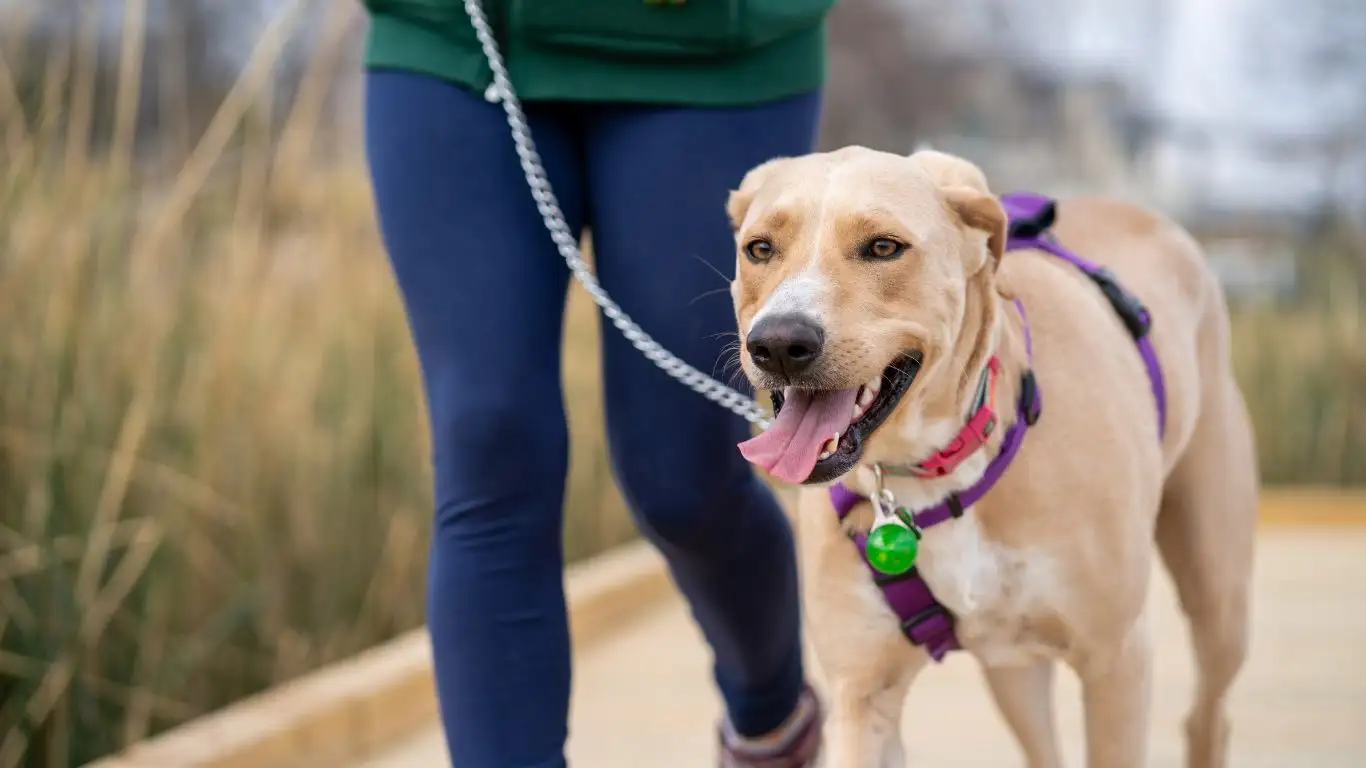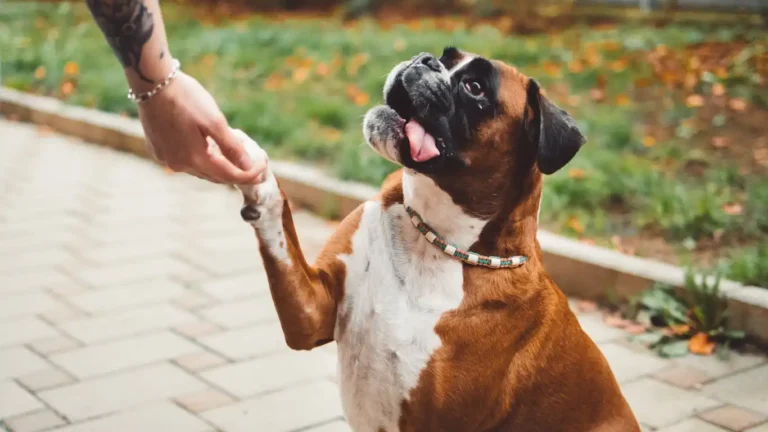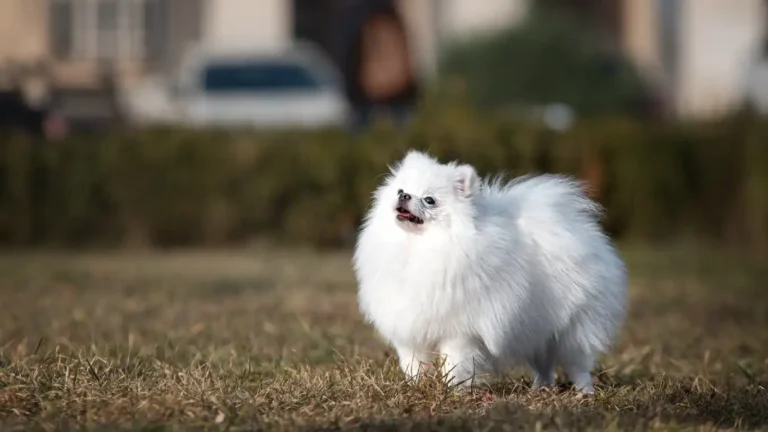Proven Methods to Train a Dog to Stop Jumping Over Fences Fast
If you’ve ever dealt with a dog that just can’t resist the urge to jump over fences, you know how stressful—and honestly, how downright worrying—it can be. As a Canine-Assisted Therapy Trainer, I’ve seen firsthand how this behavior can put dogs at risk and frustrate their owners. So, if you’re searching for practical, no-fluff advice on how to train a dog to stop jumping over fences, you’re in the right place. I’ll share some tried-and-true strategies that not only work but also help you build a stronger, more respectful bond with your furry friend.
Understanding Why Dogs Jump Fences
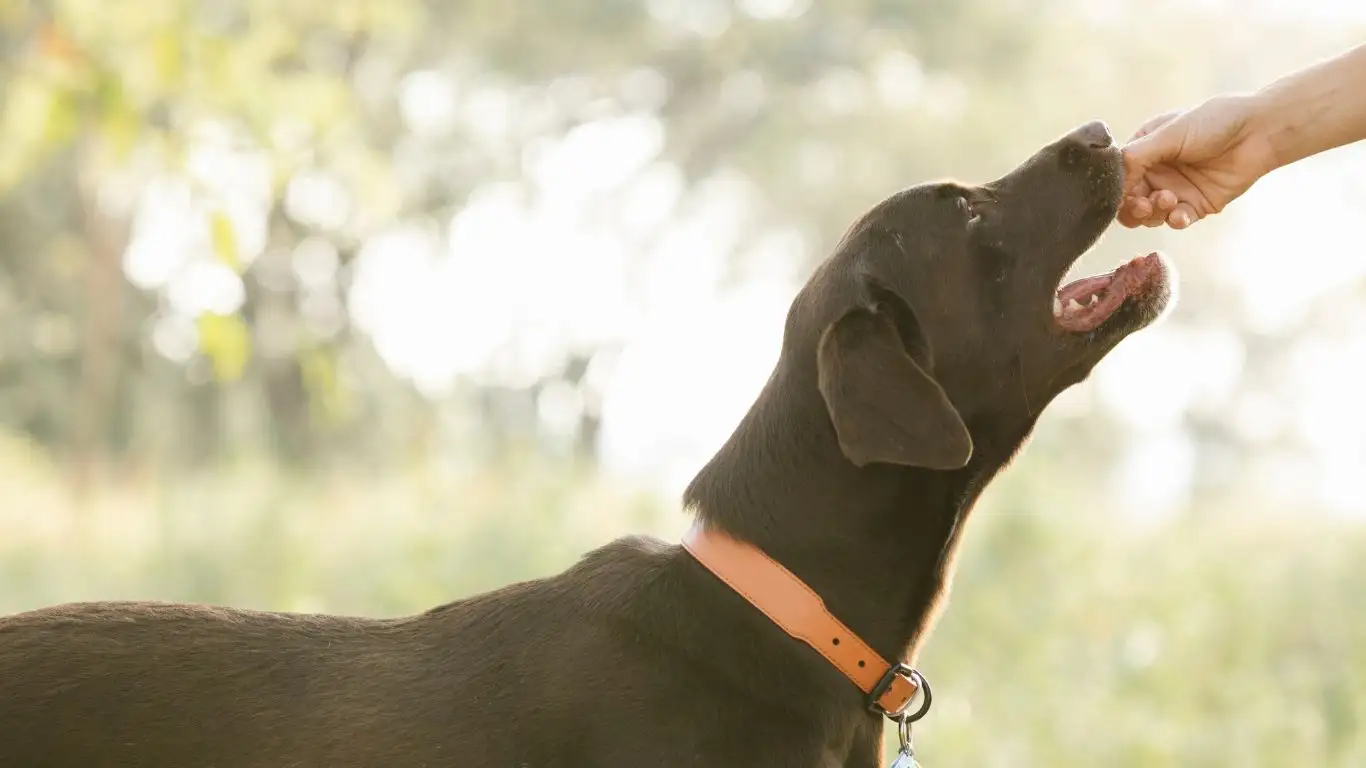
Before jumping straight into training techniques, it’s crucial to understand why dogs leap over fences in the first place. From my years of training therapy dogs, I’ve learned that behavior often stems from a mix of natural instincts and environmental factors. Sometimes, your dog is just bored and looking for adventure. Other times, they might be chasing after something exciting like a squirrel or responding to anxiety or loneliness.
Recognizing the root cause can dramatically change how you approach training. For example, a dog jumping out of boredom needs mental stimulation and exercise, while an anxious escape artist might require a more comforting and secure environment.
The Role of Breed and Personality
Some dogs are naturally more prone to escaping because of their breed traits or personality. Hounds and terriers, for instance, are notorious for their strong prey drives, making them more likely to jump fences. On the flip side, a dog with separation anxiety might try to escape simply because they’re stressed when left alone.
Knowing your dog’s background and personality quirks can help you tailor your approach. In my therapy training sessions, I always emphasize observing the dog’s unique behaviors to develop the best training plan.
Environment and Fence Setup
The physical setup of your yard can be a huge factor in fence jumping. Some fences are simply too low or easy to climb. Dogs are clever—if there’s a tempting gap or something on the other side, they’ll find a way. I’ve often recommended that clients evaluate their fencing situation early on. It’s not just about training the dog but also about setting up a safe and secure space.
Key Principles for Training Your Dog to Stop Fence Jumping
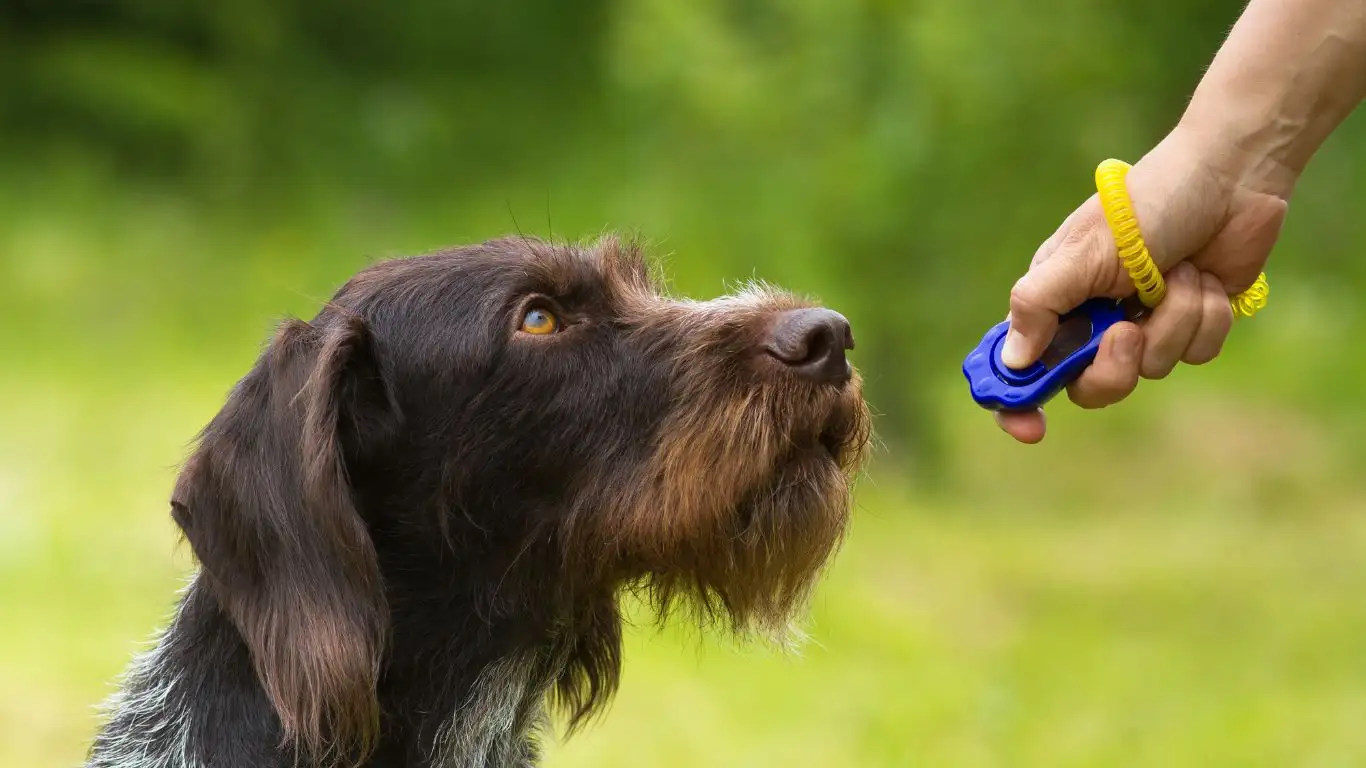
Now, let’s dive into the basics of how to train a dog to stop jumping over fences. The goal isn’t just to prevent the behavior but to replace it with something better. Here are the foundational principles I rely on:
- Consistency is king. Every training session counts, and everyone in your household needs to be on the same page. Mixed messages confuse dogs faster than anything else.
- Positive reinforcement works wonders. Reward the behavior you want to see. When your dog stays within boundaries, give them treats, praise, or playtime.
- Exercise and mental stimulation are non-negotiable. A tired dog is a happy dog, and less likely to try to escape out of boredom or excess energy.
- Be patient and observant. Not all dogs learn at the same pace. Watch for signs of stress or frustration, and adjust your training accordingly.
Building a Strong Recall Command
One of the most powerful tools in your arsenal is a solid recall command. This means your dog reliably comes back to you when called—even if there’s a tempting squirrel or neighbor’s cat nearby. I’ve trained countless therapy dogs to respond instantly to recall because it’s a lifesaver in situations where safety is on the line.
Start in a low-distraction environment and use high-value treats. Make coming back to you the most rewarding option every single time.
Teaching Boundary Awareness
Dogs don’t naturally understand “property lines.” Teaching boundary awareness can be a game changer. You can do this by creating a clear, consistent “no-go” zone around the fence with cues like verbal warnings or gentle leash corrections initially.
In my experience, pairing these cues with treats when your dog respects the boundary makes the training stick much better than punishment alone.
Common Mistakes to Avoid When Training Fence Jumping
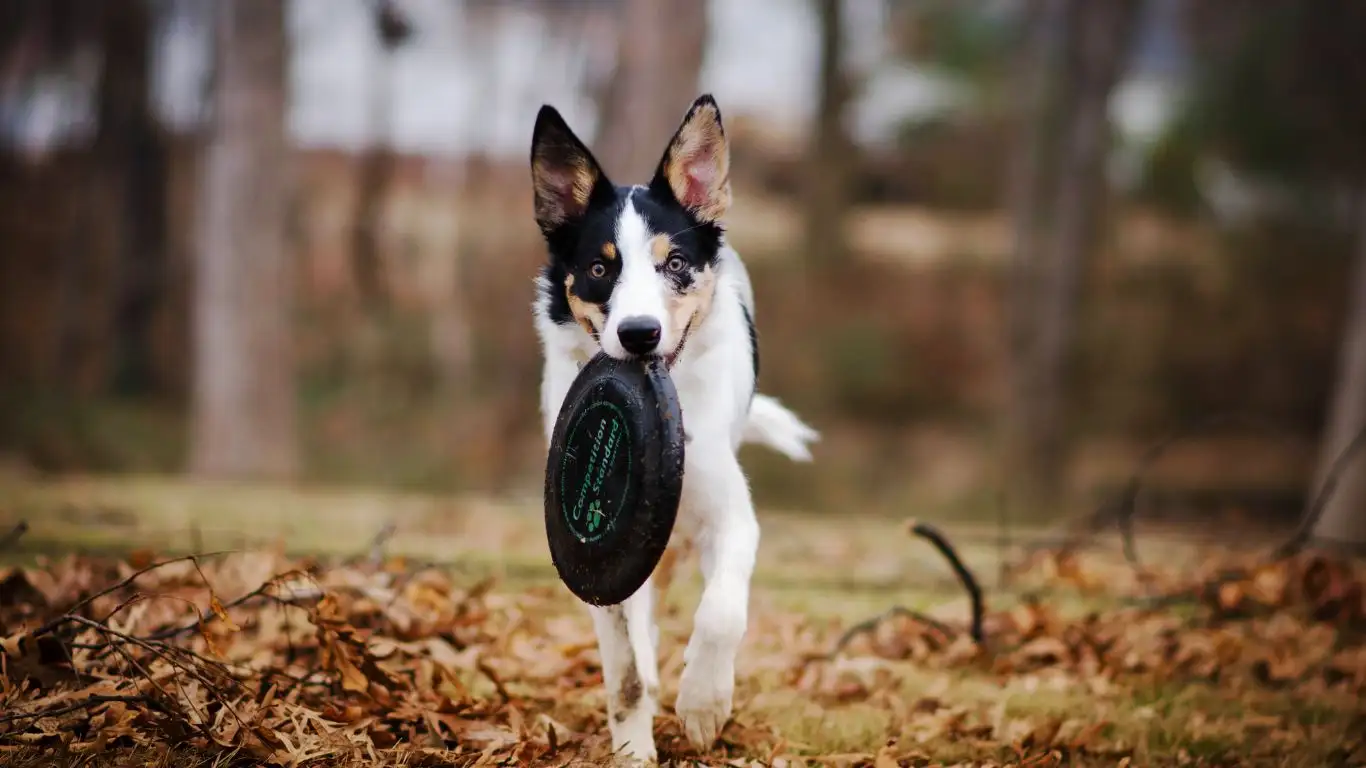
Even with the best intentions, owners can sometimes make errors that slow down progress or even worsen the problem. Here’s what I’ve learned over the years to avoid:
- Ignoring the problem: Hoping your dog will “just stop” jumping rarely works and can lead to dangerous situations.
- Using harsh punishments: Scolding or physical punishment can increase anxiety and make your dog more likely to escape rather than less.
- Inconsistency: If one day jumping is allowed or ignored and another day punished, it confuses your dog and undermines training.
- Neglecting physical and mental needs: A dog with pent-up energy will always be more prone to escape attempts.
Practical Training Techniques to Stop Fence Jumping

Alright, now that we’ve covered the mindset and common pitfalls, let’s get into the nitty-gritty of how to train a dog to stop jumping over fences. Over the years, I’ve tested a bunch of approaches, and these methods consistently bring great results when done with patience and care.
1. Increase Physical and Mental Exercise
This might sound basic, but it’s often overlooked. Dogs with too much pent-up energy are prime candidates for fence-jumping escapades. I always tell my clients, “A tired dog is a happy, well-behaved dog.” This doesn’t just mean a long walk, but also mentally stimulating activities—think puzzle toys, scent work, or training drills.
For example, one of my therapy dogs loved scent games. We’d hide treats around the yard, and this not only burned energy but also engaged her mind so well that she lost interest in jumping fences altogether.
2. Use Visual Barriers and Physical Deterrents
Sometimes, the fence itself needs a little help. I’ve seen dogs jump fences that are 4 feet tall like it’s nothing, so simply increasing the height can be a good start. Adding a visual barrier like a solid panel or even landscaping plants can discourage dogs who jump because they can see something exciting on the other side.
Another trick I recommend is placing something on the top edge of the fence that makes it harder or uncomfortable to climb over—think of angled fence toppers or even rolled chicken wire. Just make sure whatever you add is safe and doesn’t injure your dog.
3. Teach the “Leave It” and “Stay” Commands
When a dog is tempted to jump, often it’s because something outside the fence is grabbing their attention. Teaching solid “Leave it” and “Stay” commands is a lifesaver here. I always train these commands first in calm environments, then gradually add distractions.
One technique I use in therapy dog training is to reward even the smallest steps of ignoring distractions. For example, if a dog looks away from a squirrel instead of chasing, I immediately reinforce that behavior with treats or affection. This positive approach builds a strong impulse control foundation that transfers well to fence situations.
Creating a Safe and Stimulating Yard Environment

The environment your dog lives in daily plays a huge role in behavior. When I train therapy dogs, I always advise owners to think beyond just fences and training commands. A safe, engaging yard can reduce fence jumping dramatically.
Enrichment Zones
Try creating “enrichment zones” in your yard—areas where your dog can dig, chew, or explore safely. This keeps their attention focused inward rather than on what’s beyond the fence. For example, setting up a digging box with hidden treats or rotating new toys regularly can work wonders.
Shade and Shelter
Don’t forget the basics like shade and shelter. Dogs often try to escape uncomfortable conditions, so providing a cool shaded spot or a cozy doghouse can prevent fence jumping caused by heat or weather discomfort.
When and How to Use Leash Training Near the Fence
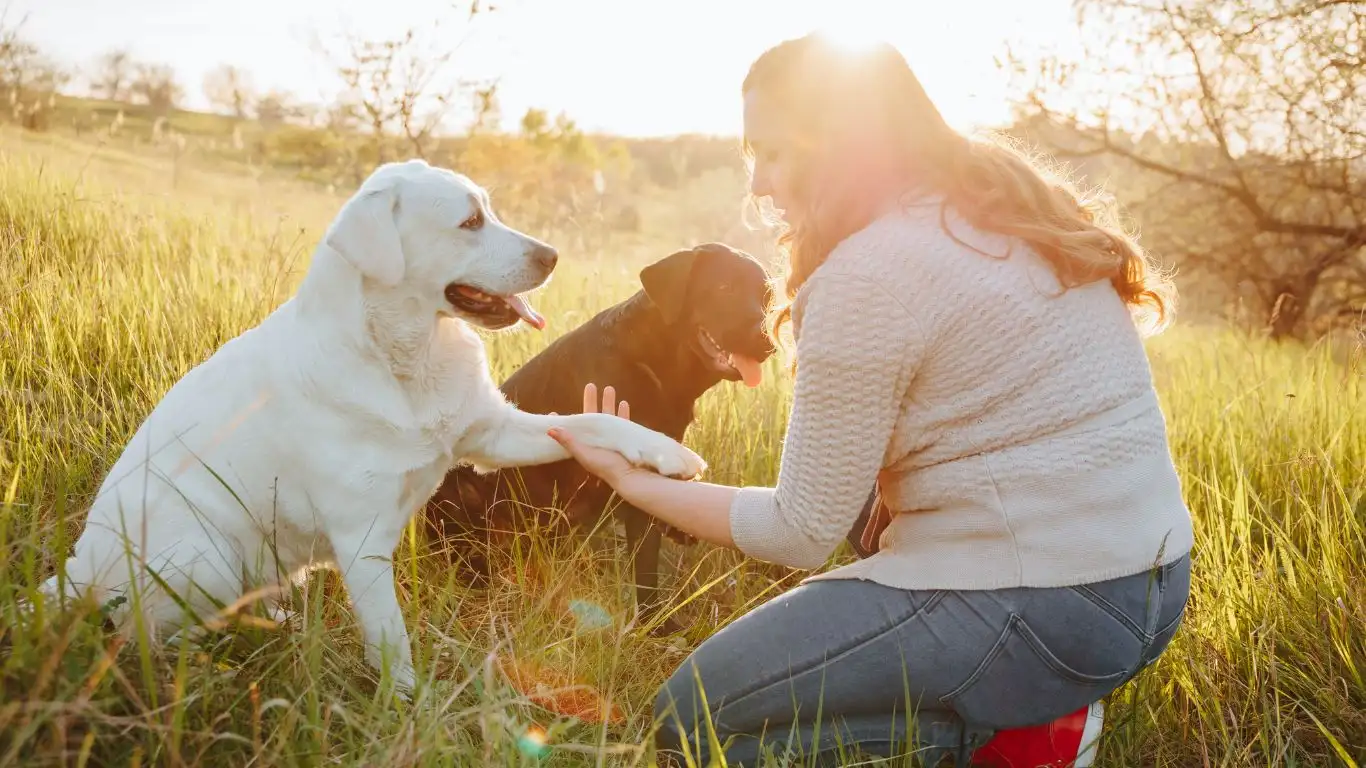
Leash training is a powerful, hands-on way to correct fence jumping behavior safely. In my early days as a trainer, I found that leash work near the fence helps dogs understand boundaries with immediate, gentle feedback.
Introducing the Leash
Start by attaching a long leash and allowing your dog to explore near the fence. If they try to jump, use a calm but firm “No” and gently guide them back. This physical boundary helps them learn limits without harsh punishments. The goal is for them to associate the fence as a boundary they don’t cross, not a challenge to overcome.
Reinforce Positive Behavior
Every time your dog stays near the fence without attempting to jump, reward them with praise or treats. This positive reinforcement teaches that good things happen when they respect boundaries.
Gradually Increase Freedom
Once your dog reliably stays put on leash, start practicing with shorter leash lengths or even off-leash in a super secure yard. Always monitor closely and be ready to step in if the urge to jump returns.
Addressing Underlying Anxiety and Escape Behaviors
Sometimes, the fence jumping isn’t just about fun or curiosity—it’s about anxiety. Dogs with separation anxiety or fear of noises may try to escape their yard because they’re stressed. In my experience working with therapy dogs, addressing emotional needs is just as crucial as physical training.
Signs of Anxiety-Driven Fence Jumping
- Pacing near the fence
- Whining or barking excessively
- Destructive behavior around the yard
Creating a Calm Environment
Strategies to help anxious dogs include providing a quiet, safe space, using calming products like pheromone diffusers, and gradually desensitizing them to stress triggers. Working with a professional trainer or behaviorist can be incredibly helpful here, especially if anxiety is severe.
In therapy dog training, I always emphasize empathy—understanding why a dog is acting out and meeting those needs first creates a much stronger foundation for stopping fence jumping.
Advanced Strategies and Long-Term Solutions to Prevent Fence Jumping
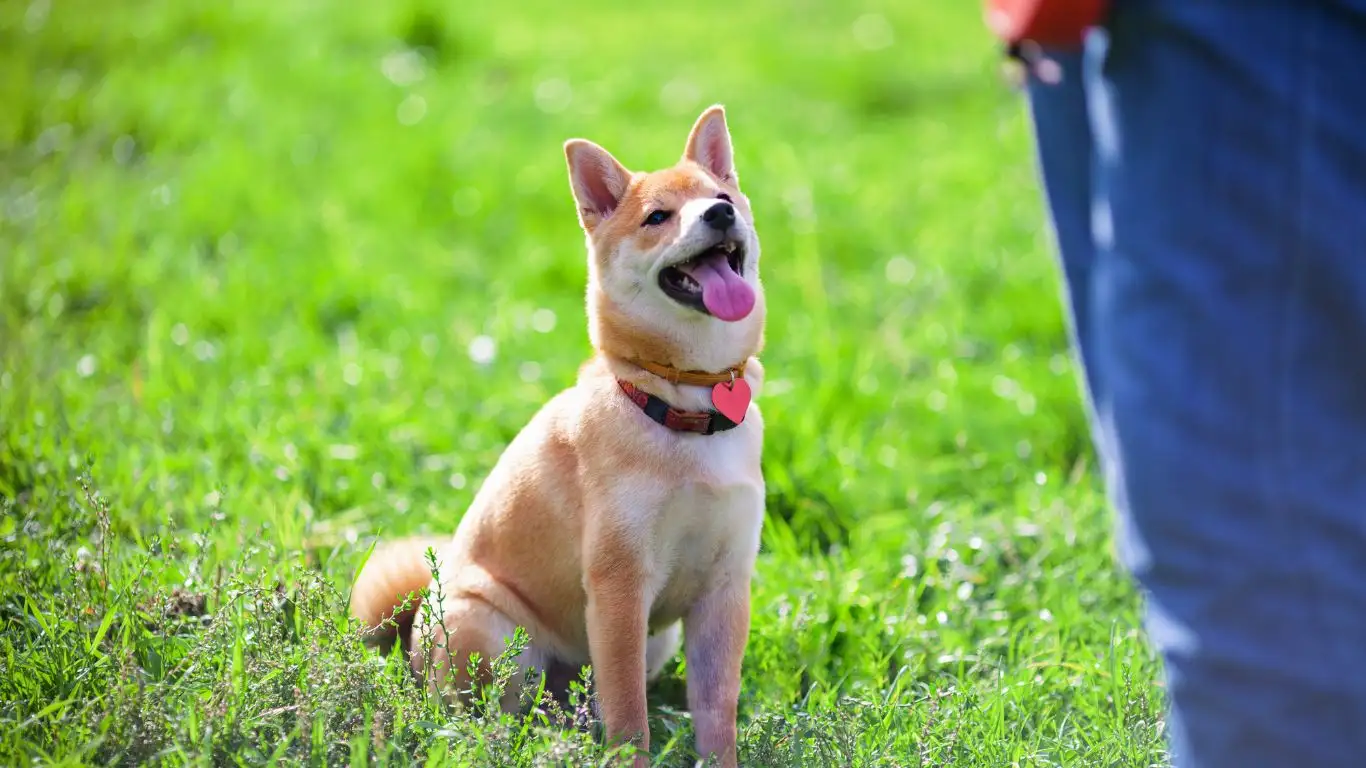
By this point, you’ve got a solid foundation on how to train a dog to stop jumping over fences. But sometimes, especially with persistent escape artists, you’ll need to step up your game with advanced strategies that support lasting change.
Implementing “Place” and Impulse Control Exercises
One of my favorite tools in therapy dog training is the “Place” command, where a dog learns to stay on a designated mat or spot calmly for extended periods. Teaching this helps dogs develop patience and self-control, which directly translates to better boundary respect. It’s a fantastic way to mentally tire out your dog while reinforcing calm behavior near the fence.
Start with short durations and low distractions, then slowly increase both. Once your dog masters this indoors, bring it outside near the fence. Reward calm behavior and make that spot a safe, positive zone.
Using Remote Training Tools Wisely
Some trainers and owners find electronic boundary systems or remote training collars helpful as a last resort, especially for high-risk dogs that repeatedly jump fences despite other training. In my practice, I always emphasize careful, ethical use—never as a punishment but as a clear, humane communication tool paired with positive reinforcement.
If you consider this route, consult with a professional trainer who understands your dog’s temperament well. Used correctly, these tools can offer an extra layer of safety and clarity for your dog.
Building a Strong Relationship to Prevent Fence Jumping
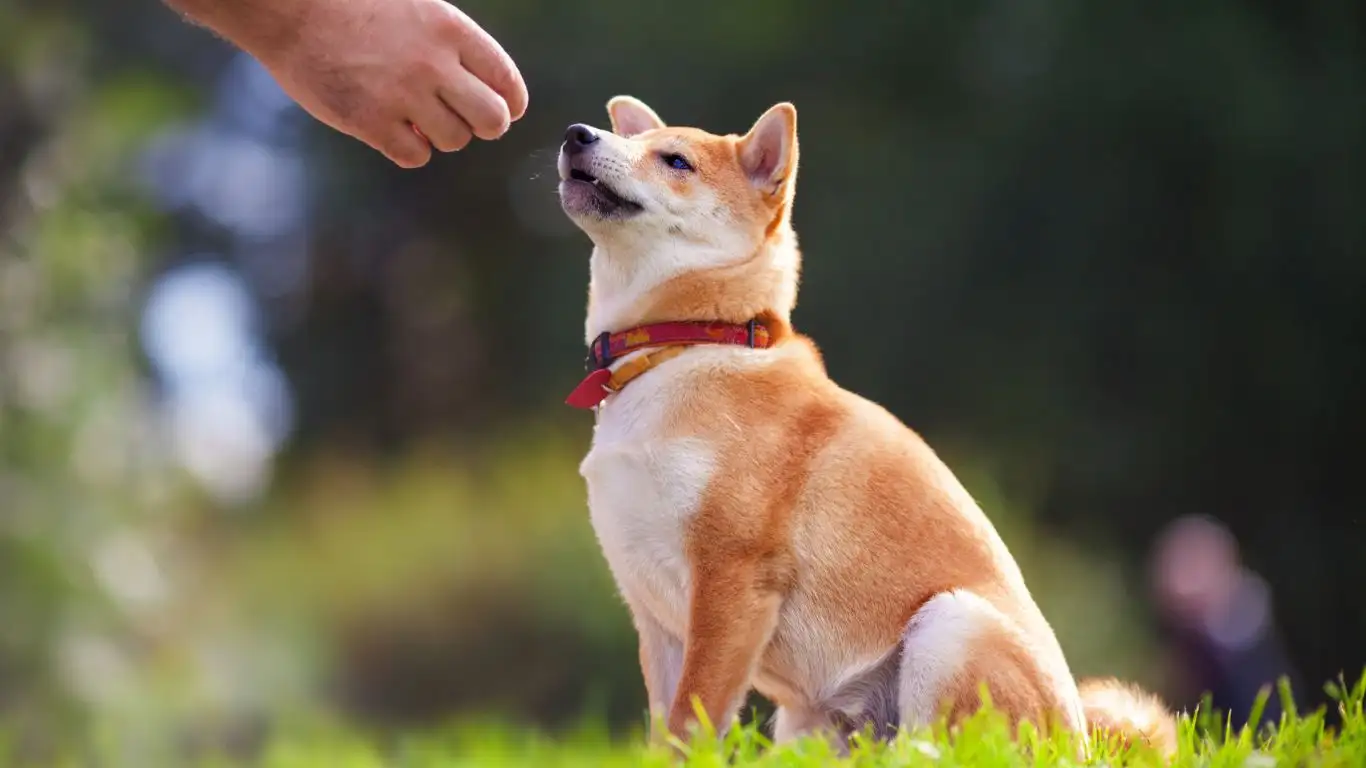
At the heart of all effective training, especially with behaviors like fence jumping, lies a strong bond between you and your dog. I’ve noticed over the years that dogs who feel connected and understood are far less likely to test boundaries.
Spend Quality Time Daily
It’s not just about structured training sessions. Spend time playing, cuddling, or just hanging out with your dog. This builds trust and makes your commands more meaningful. When your dog respects you, they’ll be more inclined to listen when it counts.
Be Their Leader, Not Their Opponent
Dogs naturally look for a leader they can trust. Approach training with kindness, consistency, and clear communication—not as a battle of wills. When you show calm confidence, your dog feels safe and less likely to escape or rebel.
When to Seek Professional Help
Sometimes, despite your best efforts, fence jumping remains a tough challenge. This is totally normal, especially if your dog’s behavior is driven by anxiety, high energy, or learned habits over years.
Consult a Certified Trainer or Behaviorist
If the problem persists, reaching out to a professional can make all the difference. Certified trainers and veterinary behaviorists can tailor a plan to your dog’s unique needs, combining training, environmental changes, and sometimes medical support if anxiety is involved.
Therapy Dog Training Insights
From my background as a Canine-Assisted Therapy Trainer, I can’t stress enough how important professional guidance can be for complex cases. Therapy dogs go through extensive socialization and behavior modification, which gives me a unique perspective on effective strategies for all dogs.
Final Tips to Remember
- Be patient. Behavior change takes time, especially with something as instinct-driven as fence jumping.
- Celebrate small wins. Every day your dog stays inside the fence without trying to jump is progress.
- Keep learning. Stay curious about your dog’s behavior and open to adjusting your methods.
Incorporating these advanced tips alongside the foundational techniques from earlier will give you a comprehensive approach to keeping your dog safe, happy, and fence-bound.
References
Disclaimer
This article is intended for informational purposes only and does not substitute for professional veterinary or behavioral advice. If your dog exhibits persistent fence jumping or other problematic behaviors, please consult a qualified trainer or veterinarian to ensure your pet’s safety and well-being.
